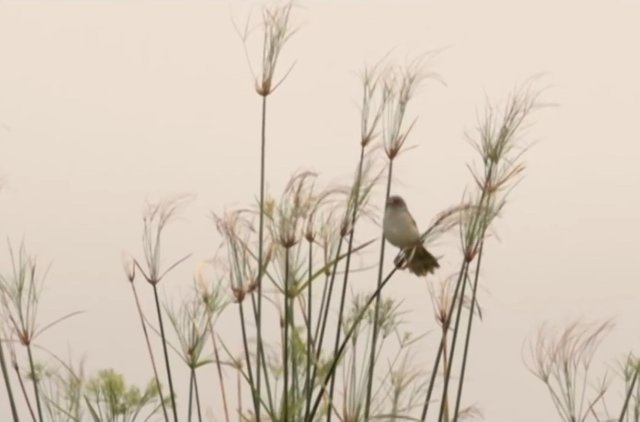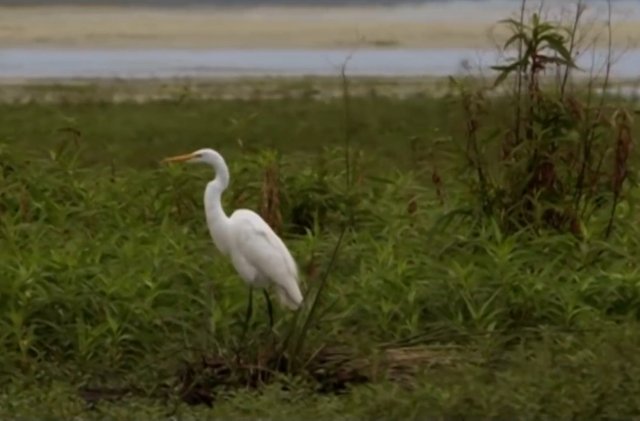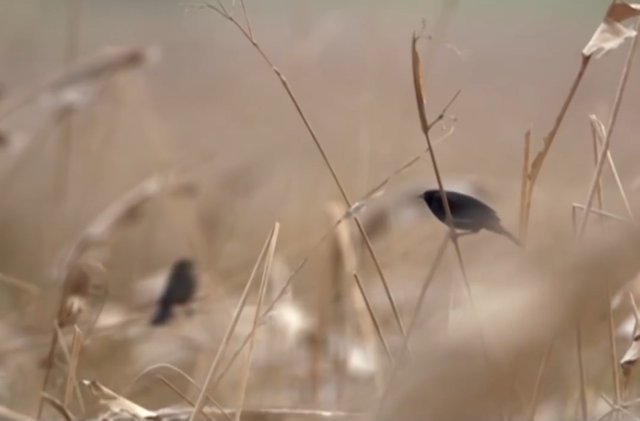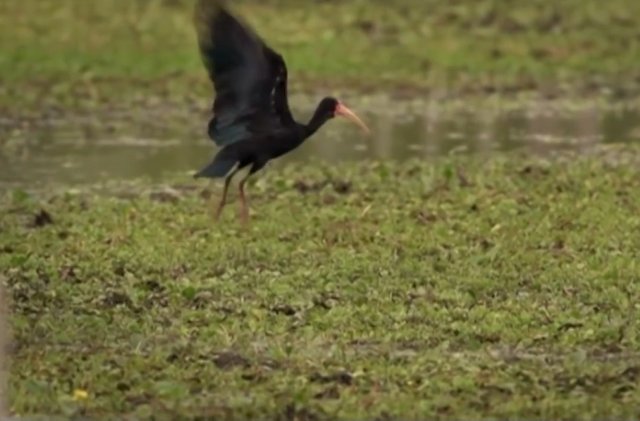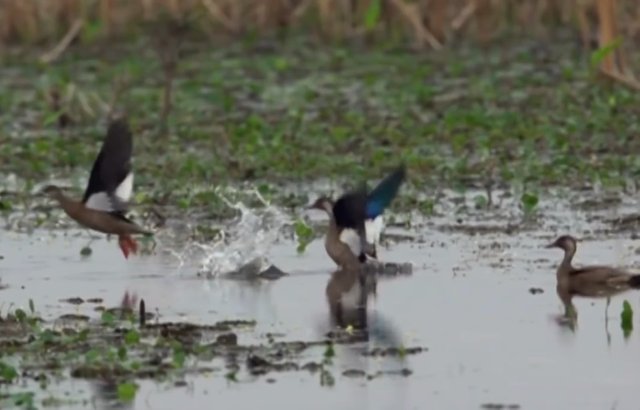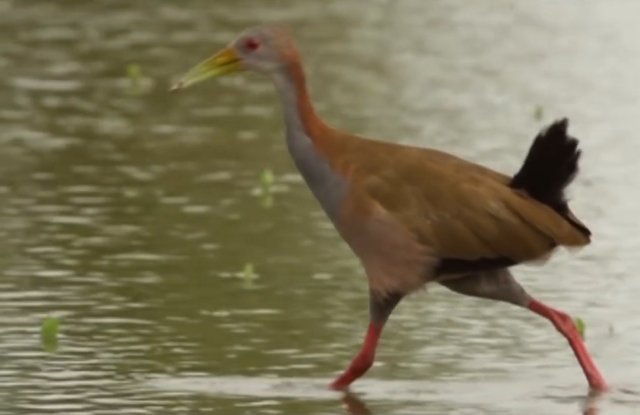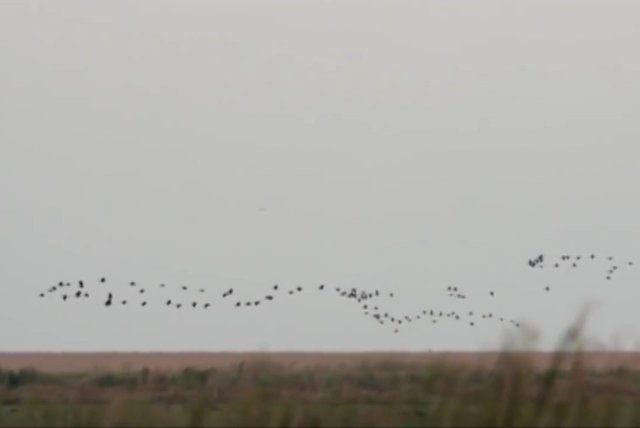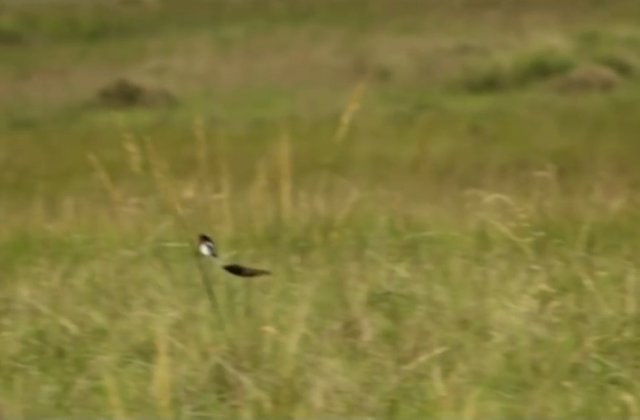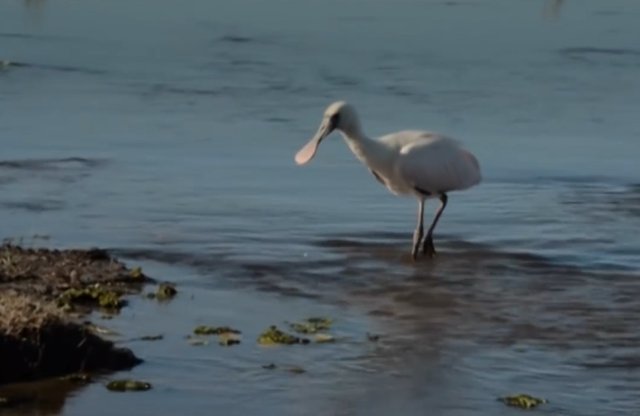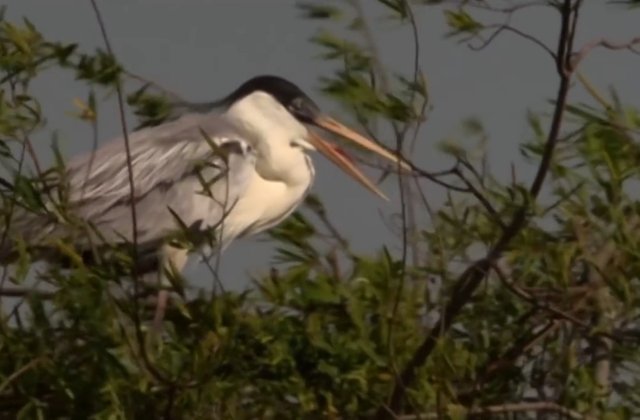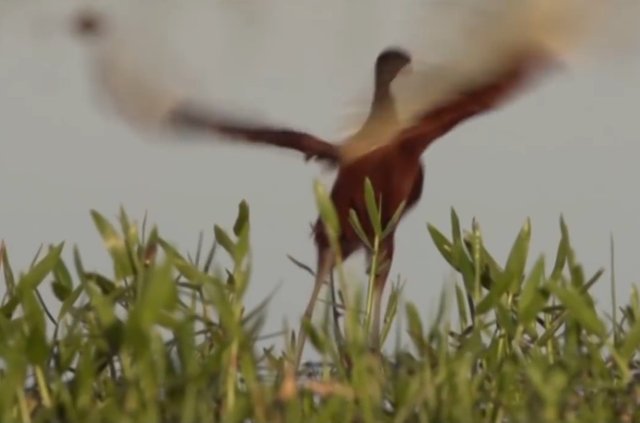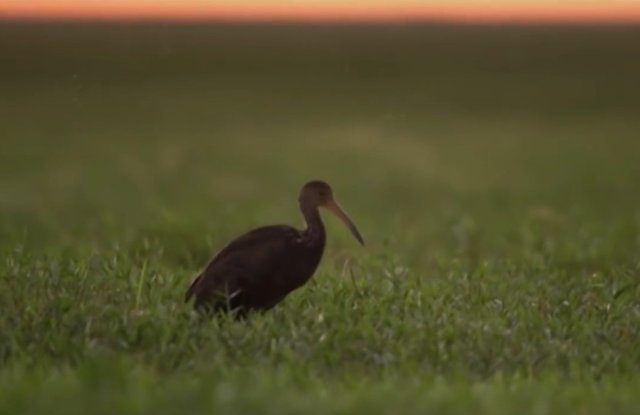
The word Calafate (actually the correct name is El Calafate) has a special meaning in Argentina.
It is generally identified with the Perito Moreno Glacier, a world wonder, with spectacular ice breaks (the last one was in 2016) that cause a feeling of amazement and disbelief throughout the world.
But in reality Calafate is much more than that. It is the gateway to Los Glaciares National Park, which has tourist attractions of incredible beauty such as the aforementioned Perito Moreno Glacier but also other glaciers such as the Upsala, and Cerro Fitz Roy (also called Chaltén) of which we write in this article.
All of them are located in the so-called eastern region of the Southern Patagonian ice field and border the Torres del Paine National Park in Chile.
We already talked about the 10-hour excursion that goes from Calafate to the top of Mount Fitz Roy (Chaltén) and the particular charm of Laguna de los Tres up the mountain.
Excursion from Calafate to El Chaltén, 10 hour walk between forests and mountains.

And we also refer to the unique sensation that is experienced when reaching the top of the hill.
Calafate, the reason for the name.
Curious to know the origin of the name, I finally managed to discover it. It is due to a thorny bush endemic to this Patagonian region that receives this name and was used to caulk the old ships that arrived.
That is to say, hemp was used to caulk but as in Patagonia there was no use of this bush called calafate.
At the junction of the woods that formed the case of the ship, a tow was inserted, in this case a caulk embedded in pitch to prevent the entry of water.
This usefulness of the people led her to be considered a true symbol in southern Patagonia.
Heading to the Perito Moreno Glacier.
After resting from the 10-hour hike to reach the top of El Chaltén
From the top of Fitz Roy watching wonderful spectacle.

we rest and get ready for a new adventure: reaching the Perito Moreno Glacier.
Patagonia, the sunsets with an infinite blue sky that turns into a blood red as the sun goes down and reaches as far as our eyes can see.
Nature in all its splendor.



Very early in the morning we start the adventure to discover one of the most surprising places in Argentina: the Perito Moreno Glacier.
We are approaching the glacier.

If the glacier is wonderful, the places that we see before filling are not far behind.

The panoramic image of the glacier is spectacular.


From the viewpoints you can see the beauty of the glacier in all its magnitude.




Walking the walkways (viewpoints) along its entire length means getting as close as possible to the glacier.




Spectacular view of the glacier walls that can be up to 70 meters high (equivalent to a 25-story building!).
The approximate width of the glacier is 5 kms.
Behind the snowy hills are a postcard.
There are several reasons why the Perito Moreno Glacier is so famous around the world. First, because it is very accessible to reach it by different routes: car, hitchhiking, bus, taxi, tour with agency, etc.
Second because it is one of the few glaciers in the world that is not retreating. In other words, it is quite stable.
And third for its spectacular breaks. In the following image we can see a rupture, although very small, of a part of the glacier.




And how it impacts somebody.

Let's imagine a major glacier break!
It is a special place for many reasons. But having it so close to our walkways with those huge vertical walls is something that steals your heart.
The noise of the glacier crunching the ice blocks is something that scares you and excitement at the same time.










